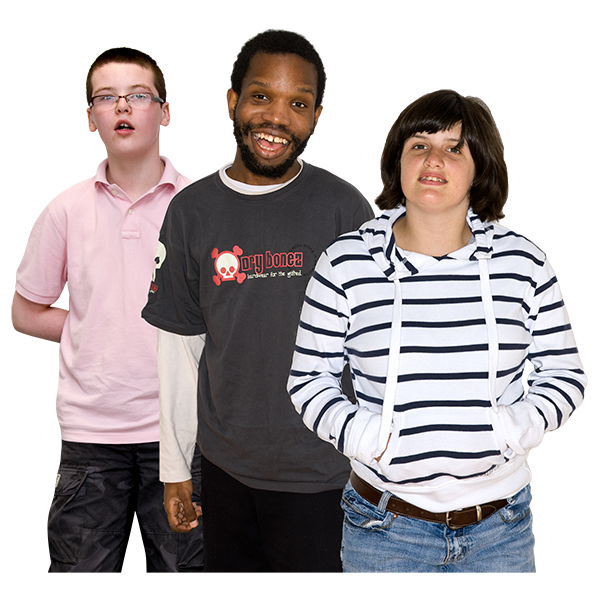Puberty is a transformative phase in every teenager’s life, and one of the most significant changes for young girls is the development of breasts, often referred to as "teenagers with boobs." This natural process can bring about a mix of emotions, from excitement to anxiety. Understanding this stage of growth is essential for both teenagers and their caregivers.
For many young individuals, the onset of breast development marks the beginning of a new chapter in their lives. It signifies the transition from childhood to adolescence, but it also comes with challenges such as self-esteem issues, peer pressure, and societal expectations. By educating ourselves and others, we can foster a supportive environment that promotes body positivity and self-acceptance.
This article aims to provide comprehensive insights into the topic of teenagers with boobs. We’ll explore the science behind breast development, address common concerns, and discuss strategies to promote mental and physical well-being during this crucial period of life. Whether you’re a teenager experiencing these changes or a parent guiding your child through puberty, this guide will serve as a valuable resource.
Read also:Unveiling The Scandal Planet A Comprehensive Exploration Of Controversy And Intrigue
Table of Contents
- What is Breast Development?
- Stages of Breast Development
- Common Concerns for Teenagers with Boobs
- Physical Changes during Puberty
- Emotional Impact of Breast Development
- Promoting Body Positivity
- Health Tips for Teenagers with Boobs
- Parental Guidance and Support
- Misconceptions about Breast Development
- Conclusion
What is Breast Development?
Breast development is a natural part of puberty that occurs due to hormonal changes in the body. It typically begins between the ages of 8 and 13, although the exact timing can vary widely among individuals. This process is triggered by an increase in estrogen levels, which stimulates the growth of breast tissue.
For teenagers with boobs, understanding the biological aspects of this change can help alleviate confusion and anxiety. It’s important to recognize that breast development is a gradual process that happens in stages, and each person’s experience may differ. Factors such as genetics, nutrition, and overall health can influence the timing and progression of this development.
Understanding Hormonal Changes
Hormones play a crucial role in breast development. Estrogen, in particular, is responsible for initiating the growth of breast tissue. Additionally, progesterone helps prepare the body for potential future reproductive functions. These hormonal fluctuations can also contribute to other physical and emotional changes during puberty.
Stages of Breast Development
Breast development occurs in distinct stages, known as the Tanner stages. These stages provide a framework for understanding the progression of physical changes:
- Stage 1: Pre-puberty, where there is no visible breast tissue.
- Stage 2: Breast buds begin to form, and the nipple and areola elevate.
- Stage 3: Breast tissue continues to grow, and the areola expands.
- Stage 4: The areola and nipple form a secondary mound above the breast.
- Stage 5: The breast reaches its mature shape, and the areola returns to being flush with the breast.
Knowing these stages can help teenagers and their parents better understand what to expect during puberty.
Common Concerns for Teenagers with Boobs
While breast development is a normal part of growing up, it can raise several concerns for teenagers. These worries often stem from societal pressures and misinformation. Here are some common issues:
Read also:Understanding Steak Done Temps A Comprehensive Guide To Perfectly Cooked Steak
Size and Shape
Many teenagers worry about the size and shape of their breasts. It’s important to emphasize that there is no "perfect" breast size or shape. Breasts come in all forms, and what matters most is their functionality and health.
Asymmetry
It’s not uncommon for one breast to develop faster than the other. This asymmetry is usually temporary and resolves over time. However, if the difference persists or causes discomfort, consulting a healthcare professional is advisable.
Physical Changes during Puberty
Besides breast development, puberty brings about various other physical changes. These include:
- Menstruation
- Growth spurts
- Hair growth in new areas
- Changes in body composition
Understanding these changes as interconnected parts of puberty can help teenagers with boobs feel more prepared and less overwhelmed.
Emotional Impact of Breast Development
The emotional impact of breast development can be significant. Teenagers with boobs may experience:
- Self-consciousness
- Comparison with peers
- Confusion about body image
It’s crucial to address these emotions openly and provide reassurance that these feelings are normal. Encouraging open communication and fostering a positive self-image can make a substantial difference.
Promoting Body Positivity
Body positivity is an essential aspect of mental health during puberty. Here are some strategies to promote a positive body image:
- Education: Teach teenagers about the diversity of body types and the importance of self-acceptance.
- Role Models: Encourage them to look up to role models who celebrate body diversity.
- Media Literacy: Help them critically evaluate media portrayals of beauty and recognize unrealistic standards.
By instilling a sense of pride in their bodies, we can empower teenagers with boobs to embrace their uniqueness.
Health Tips for Teenagers with Boobs
Maintaining breast health is vital during puberty. Here are some health tips:
- Wear a well-fitting bra for support.
- Practice good hygiene to prevent infections.
- Engage in regular physical activity to promote overall health.
Encouraging healthy habits early on can contribute to long-term well-being.
Parental Guidance and Support
Parents play a crucial role in guiding their children through puberty. They can:
- Provide accurate information about breast development.
- Create a safe space for open discussions.
- Seek professional advice when necessary.
By being supportive and understanding, parents can help teenagers with boobs navigate this challenging period with confidence.
Misconceptions about Breast Development
There are several misconceptions surrounding breast development. Here are a few:
Myth: Larger Breasts Indicate Earlier Puberty
While breast size can vary, it does not necessarily correlate with the timing of puberty. Each individual’s development is unique.
Myth: Breast Development is Pain-Free
Some teenagers may experience tenderness or discomfort during breast development. This is usually normal and temporary.
Conclusion
In conclusion, breast development is a natural and significant part of puberty for teenagers with boobs. By understanding the stages, addressing common concerns, and promoting body positivity, we can support young individuals through this transformative period. Encouraging open communication, providing accurate information, and fostering a positive environment are key to helping teenagers embrace their changing bodies.
We invite you to share your thoughts and experiences in the comments below. Additionally, feel free to explore other articles on our site for more insights into teen health and development. Together, let’s create a supportive community that empowers teenagers to thrive during puberty and beyond.
Data and statistics for this article were sourced from reputable organizations such as the World Health Organization (WHO) and the American Academy of Pediatrics (AAP). These sources ensure the accuracy and reliability of the information provided.

